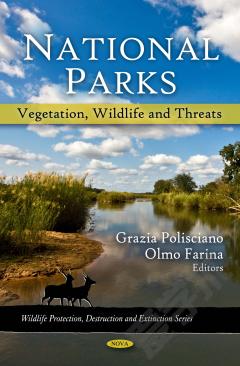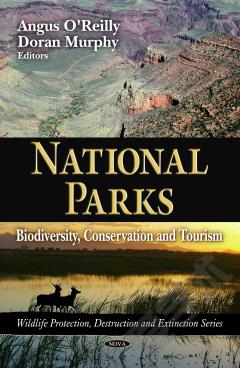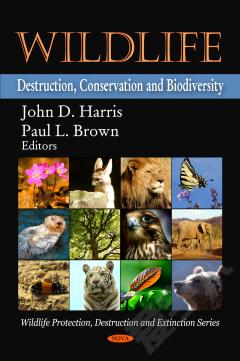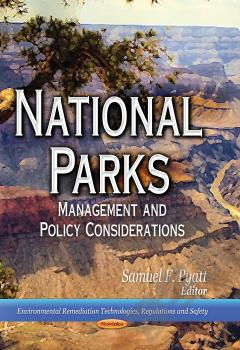National Parks: Vegetation, Wildlife and Threats
In recent decades, there has been an increased need to understand ecosystems in order to be able to manage them for conservation and sustainable use. Yet examples of how research directly supports conservation are rare. This book examines the impact of disturbance, specifically habitat fragmentation and forest harvesting in national parks. This book also presents the results of observations of bulk deposition and its physico-chemical properties in national parks in Poland and tries to identify tendencies of change in its composition. In addition, research on Uganda's forest and savanna parks are reviewed, stimulating thinking about what kind of research is of value in guiding conservation actions. Over the past several decades, a highly polarized debate has emerged in the conservation literature about whether national parks in lesser developed countries should follow the "Yellowstone model" of strict protection or whether new types of national park should be developed. The authors of this book assess the U.S. national park experience and ways in which to balance people's needs and desires with nature protection in national parks. Other chapters in this book examine the abundance and diversity of vertebrate fauna in national parks in India, the roles of rhodolith beds and their impact in the marine national parks of the Gulf of California management, the impacts of multiple or extreme storms on national seashores, and the impact of invasive plant species on biodiversity and ecological integrity of national parks.
{{comment.content}}








 京公网安备 11010802027623号
京公网安备 11010802027623号